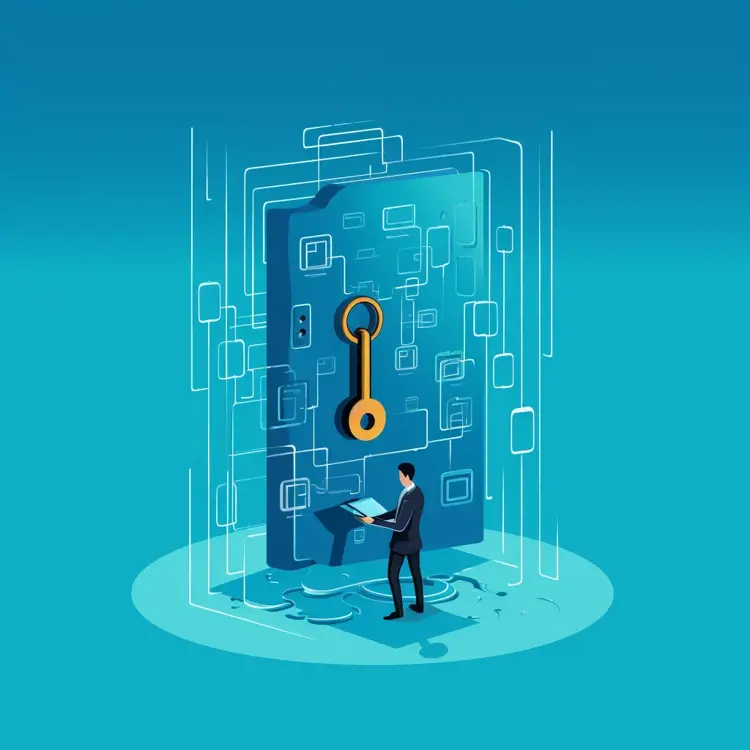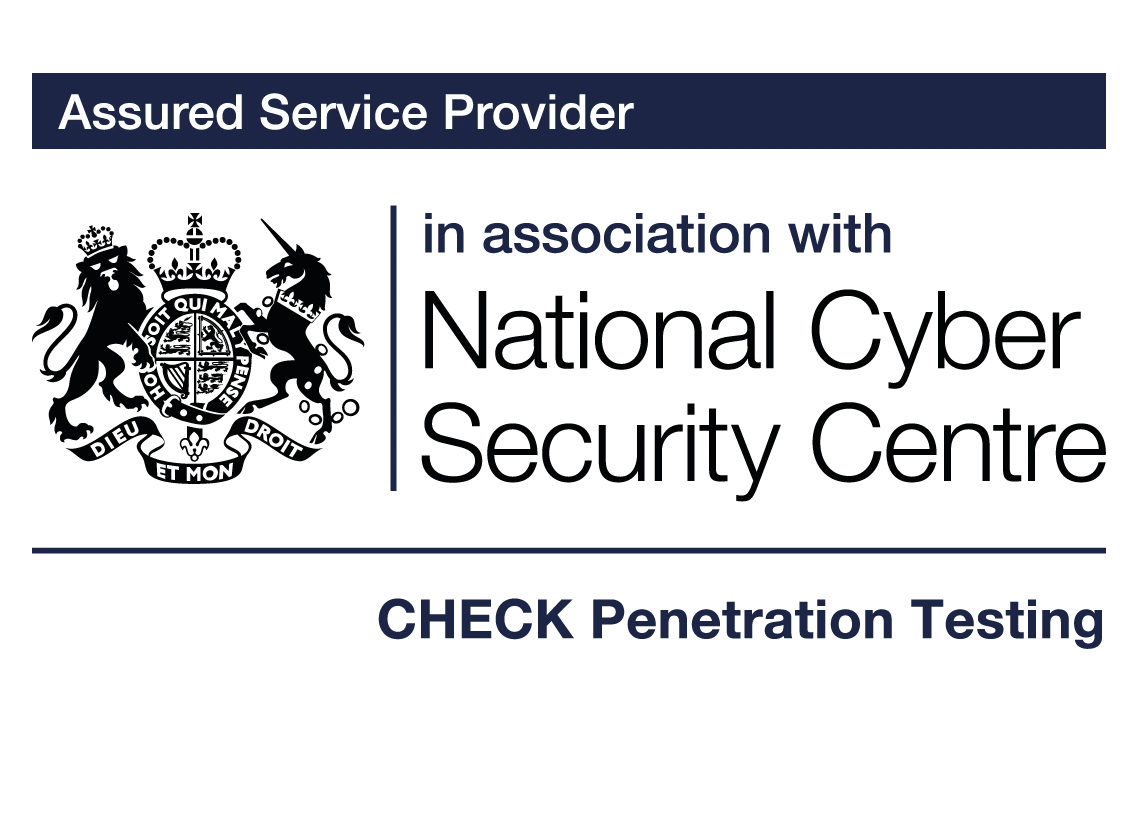What Is Authentication in Cybersecurity?
Authentication refers to the process of verifying the identity of a person, system or device before allowing access to resources, information or services. It serves as a safeguard to ensure that only authorized entities can interact with protected data or systems.
Detailed Explanation:
In todays interconnected landscape validating and confirming identities has become crucial. Authentication guarantees that users, devices or systems are indeed who they claim to be. It acts as the defense against potential unauthorized access or malicious activities..
Why is Authentication Important?
- Data Protection: With data breaches on the rise it is essential to restrict access to information exclusively to authorized personnel.
- Transaction Verification: In banking and e commerce settings authentication confirms the authenticity of transactions.
- User Trust: Implementing robust authentication measures establishes trust with users by demonstrating a commitment, to protecting their data and privacy.

Methods of Authentication:
- Password-Based Authentication: This method is widely used and relies on users providing a secret known only to them and the system.
- Two-Factor Authentication (2FA): This approach enhances security by requiring two methods of verification.Typically this involves something the user knows, like a password and something the user possesses, such as a device or token.
- Bio metric Verification: It utilises physical characteristics like fingerprints, retina scans or facial recognition to confirm identities.
- Token-Based Authentication: Users are required to provide information that is automatically generated by a device or application.
- Certificate-Based Authentication: It relies on certificates to validate the identity of users or systems.
Types of Authentication Attacks and Their Mitigation:
Authentication is not about granting access to authorized individuals but also about preventing unauthorized access. Lets discuss some types of authentication attacks and how they can be countered:-
- Credential Stuffing: Attackers exploit leaked usernames and passwords to gain unauthorized access.
- Mitigation; Use unique passwords while enabling two factor authentication (2FA).
- Man-in-the-Middle (MitM) Attacks: Attackers. Potentially modify communication between two parties without their knowledge.
- Mitigation:Utilize encrypted channels such as HTTPS. Implement digital certificates..
- Phishing Attacks: Cyber criminals deceive users into providing their credentials.
- Mitigation: Implement user education programs along, with email filtering solutions to enhance awareness.
- Replay Attacks:When an attacker captures data like a login session and plays it back to gain access.
- Mitigation: To prevent this you can implement time stamps or sequence numbers within sessions.
- Brute Force Attacks: Attackers try numerous combinations to guess the correct credentials.
- Mitigation: Limit login attempts, introduce time delays after incorrect attempts, and use CAPTCHAs.

Authentication in the Age of IoT:
With the rise of the Internet of Things (IoT) connecting billions of devices ensuring strong authentication mechanisms has become crucial. These devices range from refrigerators to wearable tech and all require secure authentication for safeguarding their data privacy and functionality.
- Device Identity: like humans need authentication, devices in an IoT environment also require it..
- Challenges: Many IoT devices have limited capabilities which makes traditional authentication methods difficult to implement.

The Future of Authentication:
Authentication is evolving towards an user centric approach that prioritizes seamless user experiences while maintaining robust security measures.
- Behavioral Biometrics: This technique involves learning patterns in which users interact with their devices – such as typing style swipe gestures or even walking patterns.
- Decentralized Authentication: By utilizing technologies like blockchain this approach could eliminate the need, for centralized password databases and reduce vulnerabilities.
- Continuous Authentication: Authentications systems will continuously monitor and verify users behavior to provide ongoing authentication.

By having an understanding of authentication and its constantly changing environment businesses can ensure they are taking the required measures to safeguard their assets, users and reputation in this digital era.
.
For More Information Please Contact Us

ACCREDITATIONS






